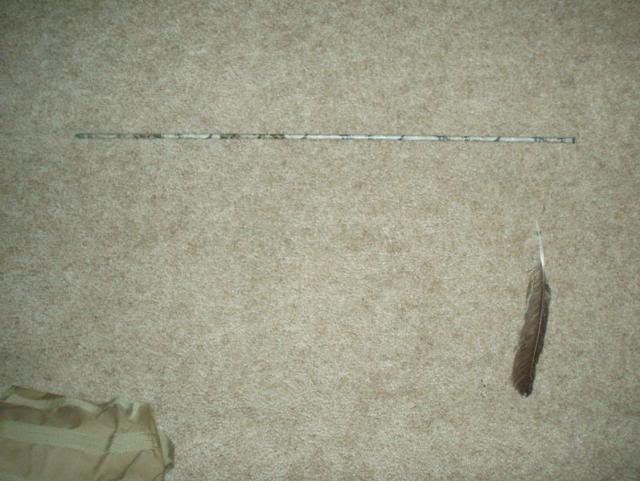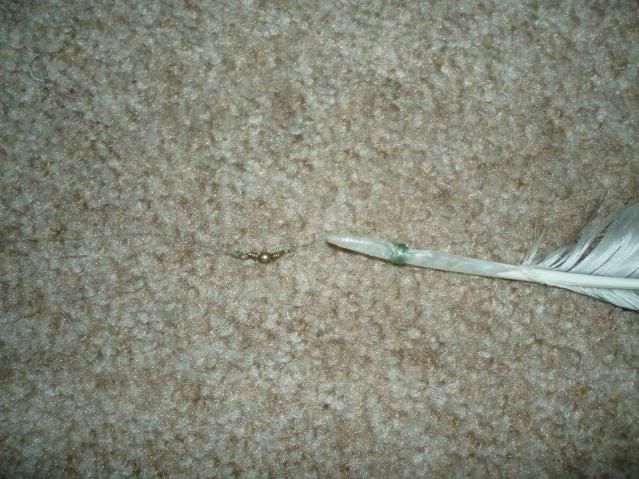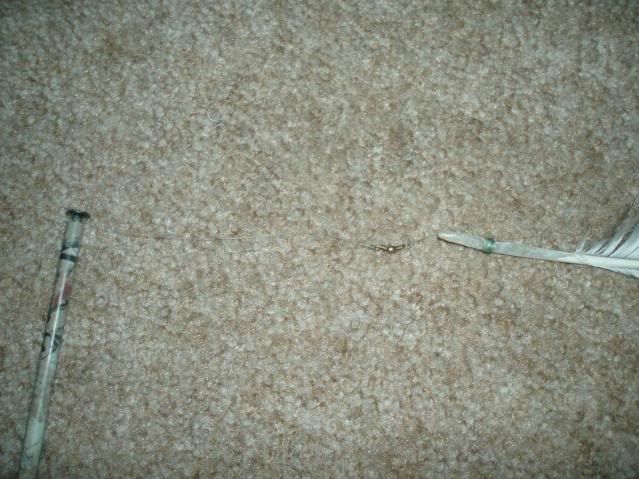Many predator hunters who have been around for a few years have tried a number of different decoys; I know I sure have. Life size rabbits are great, but the size can be a factor both in carrying it to stand and in scaring away predators. A decoy that scares away predators? You bet. Many is the time that I have seen gray fox and even young pup coyotes frightened to stop and often frightened away from decoys that are too large or move too much. When selecting your decoy, you need to consider too much size and too much movement as a negative. Both of those factors have the potential to frighten away your quarry, not to mention that large decoys are a pain to carry to stand, and often come with large price tags. Now this isn't to say that a nice big decoy isn't called for at times - large prey decoys are great for lions, and a coyote decoy works wonders during the mating season, or during the early season while using pup distress sounds. Full size fox decoys are also excellent tools to use, as coyotes love the chance to take down a fox.
So with all of that said, what is a decoy that is easy to use, easy to carry, doesn't rely on batteries, and is inexpensive? The feather decoy! Year after year my feather decoy continues to prove itself in the field, drawing predators of all shapes and sizes close-in for the kill. They can also be used as a wind indicator while walking and while on stand. Store bought feather decoys are available, but why buy one when you can make one for cheap?
The decoy in this picture is about 2 1/2 years old and has seen literally hundreds of stands with no issues.

I have seen some homemade feather decoys with a bunch of feathers on them - not a good idea. When it comes to decoys too much movement is actually bad, as it tends to put predators on alert and can even scare away foxes and young yotes, as mentioned above. All you're after is enough movement to keep their focus off of you, and give them something to lock onto so that you can keep them visually engaged. Here's how I put mine together:
-Take a carbon fiber arrow, preferably already camo. You can buy these for $3 or so when Wal-Mart puts them on clearance at the end of archery season.
-Cut the fletchings off, then paint over that area and any manufacturer labels with some spray paint.
-Take out the nock insert and put in a threaded insert, the same as used for the business end.
-Put a field point on the business end with some loktite on it to keep it from unscrewing with repeated use. Sharpen up the field point for best results.
-Put a wide head screw into the other threaded insert, then tie a length of mono line onto it. Put some super glue on the knot.
-Tie a fishing swivel onto the free end of the mono line - this will keep the line from twisting and binding while it blows in the wind.
-Take your feather (I prefer turkey feathers, but chicken feathers or even heavyweight craft feathers work well) and using a thick threading needle from your wife's sewing kit (shhh! don't tell her), thread some mono line through it. Now stick it through the shaft of the feather, poke it through the sidewall a couple of inches in, pull some slack through, tie it around a lot, then glue it as well.

-Tie the other end of that mono line to the swivel. You don't need a lot of line blowing in the wind, 12 inches or less total length will do. Anymore and it just gets caught up on stuff. When you use your feather decoy, stick the arrow end into the ground at an angle on the upwind side - this gives the feather more room to blow and keeps it from getting wrapped around the arrow.

Now you have a perfectly functional and lightweight decoy that does not require batteries, and should you forget to pick it up on stand, lose it in the field or give it to a begging hunting partner you'll only be out a couple of bucks. It's also easy to repair should anything wear out or break. You can also make this same setup using an alligator clip instead of an arrow, and then clip it on to trees and bushes, but be warned: this allows the feather to get caught up A LOT in the leaves and such.
Where I live the wind is a constant factor so it's not hard to get the feather moving. If it's a relatively calm day don't worry - it does not take much of a breeze to get this feather moving, and a little movement is all you need. So stick your new feather decoy into the ground, lean back into some cover, start your calling, and watch the animals come in - drawn to your decoy like a magnet!


No comments:
Post a Comment